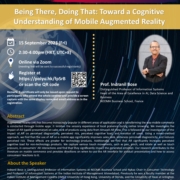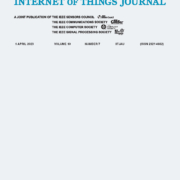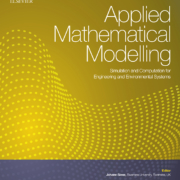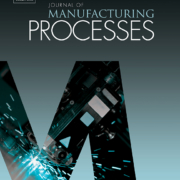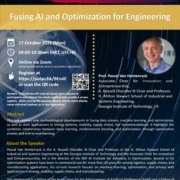Dr. Xiaoge Zhang delivered an online talk on “A Tutorial on Uncertainty Quantification of Neural Network and Its Application for Reliable Detection of Steel Wire Rope Defects” at University of Tennessee, Knoxville (UTK)
This talk provides a holistic lens on emerging uncertainty quantification (UQ) methods for ML models with a particular focus on neural networks and gives a tutorial-style description of several state-of-the-art UQ methods: Gaussian process regression, Bayesian neural network, neural network ensemble, and deterministic UQ methods focusing on spectral-normalized neural Gaussian process (SNGP). Established upon the mathematical formulations, we subsequently examine the soundness of these UQ methods quantitatively and qualitatively (by a toy regression example) to examine their strengths and shortcomings from different dimensions. Based on the findings of the comparison, we exploit the advantages of SNGP in UQ and develop an uncertainty-aware deep neural network to detect the defects of steel wire rope. Computational experiments and comparisons with state-of-the-art models suggest that the principled uncertainty quantified by SNGP not only substantially enhances the prediction performance, but also provides an essential layer of protection for neural network against out-of-distribution data.


